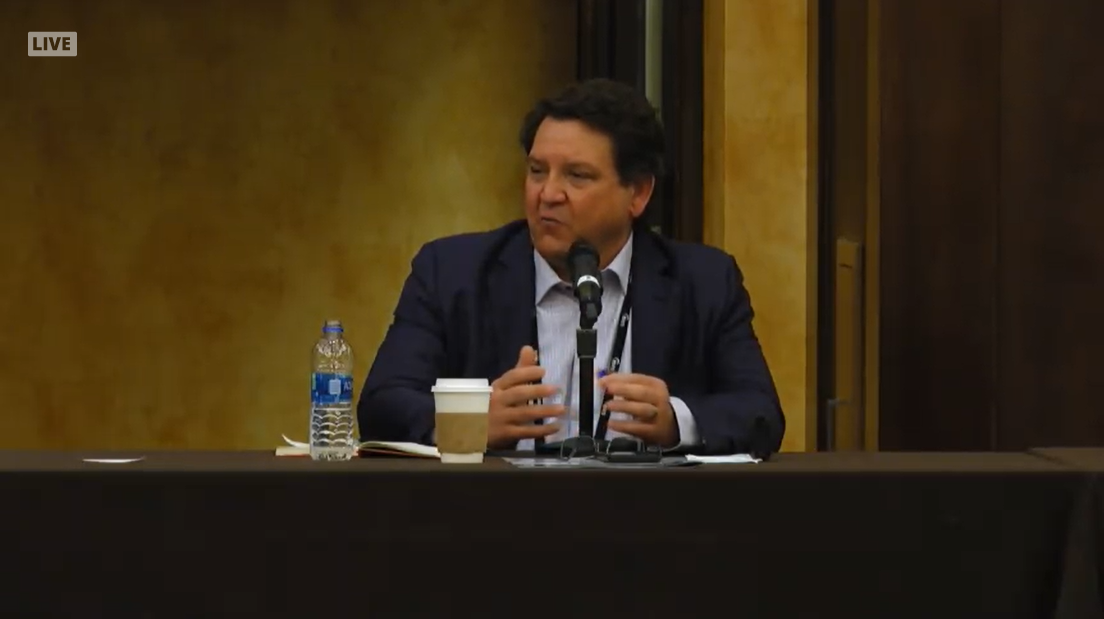Gigabit Speeds: Marketing Spin or A Necessity for the Future?
Experts discuss the short- and long-term need for gigabit speeds.
Benjamin Kahn

April 29, 2021—While Democratic legislators advocate fore higher broadband speed standards, some experts condemn the short-term push for gigabit speeds as simply “marketing spin” by fiber advocates.
As the Wireless Internet Service Providers Association’s WISPAmerica 2021 event began its last day of events, a panel of experts in the broadband market convened to discuss the “Path to Gigabit Wireless.”
This event was hosted in the wake of many Democratic legislators advocating for new standards for “high-speed” internet. As it stands now, there is a bill in the house that would push for symmetrical service—when download and upload speeds are equal—and classify anything under 100 Megabits per second symmetrical service as low-tier service. According to this bill, anything between 100 Mbps symmetrical and one Gbps symmetrical would be considered mid-tier.
Gigabit speeds overhyped?
But some, like senior vice president of product management for Cambium Networks Scott Imhoff, claim that the rapid pursuit of gigabit speeds is overhyped. He described a paradigm that he believes will emerge over the next several years as data rates increase, but the actual demand on the networks remains very light. What this would mean for consumers, he explained, is that as they get charged more, their usage may not increase despite having the capacity to do so.
Imhoff believes that at least in part, the push for gigabit speeds is fueled by companies that primarily utilize fiber as a means of broadband deployment.
“I think [100 Mbps symmetrical service] is more marketing spin on behalf of the fiber industry than it is anything else.” Imhoff argued that the opportunities for the average consumer to fully take advantage of gigabit speeds are somewhat limited, and that often, they will be dissatisfied with the service they are receiving for what they are paying.
Some experts are critical of this view, however. Advocates of 100 Mbps and gigabit speeds point out that companies cannot be building infrastructure for the needs of today but must constantly be trying to anticipate the needs of the future.
The conversation has changed
Two years ago, few people could have anticipated how the COVID-19 pandemic would shift the way consumers use broadband. Since the pandemic began, consumer broadband use has risen sharply as more people have taken advantage of opportunities for telehealth and telework, and students have adjusted to use distance learning technology.
Additionally, there are now more devices connected to the internet than ever. As smart homes and cities become more widespread, the demand for greater connectivity is going to become more apparent. Even in rural areas, in the near future, consumers may decide that they want to utilize one of the myriad technologies that are becoming more common place today but did not exist a few years ago.
Whether that is something as commonplace as a Peloton bike that is dueling a consumer’s smartphone, or something more exotic like a companion robot battling a smart fridge; all these devices will be competing for Wi-Fi primacy.
The ways in which consumers engage with the internet have also changed over the course of the pandemic. While download capabilities have typically been higher in the U.S. to accommodate demand, more consumers are now uploading content to the internet than ever before. This discrepancy in service is no more obvious than in the Federal Communications Commission’s own definition of high-speed internet, which classifies it as 25 Mbps download and three Mbps upload; a ratio of around 8:1. Symmetrical service could be one of the solutions to address this shift in consumer behavior.
Imhoff believes that gigabit speeds will become more commonplace in the future but there is currently not sufficient demand to justify prioritizing them as heavily as many consumers do. But if the U.S. is going to build sustainable infrastructure for the next generation of consumers and technology, it would seem as though the effort should be viewed at as more than mere marketing spin.










Member discussion